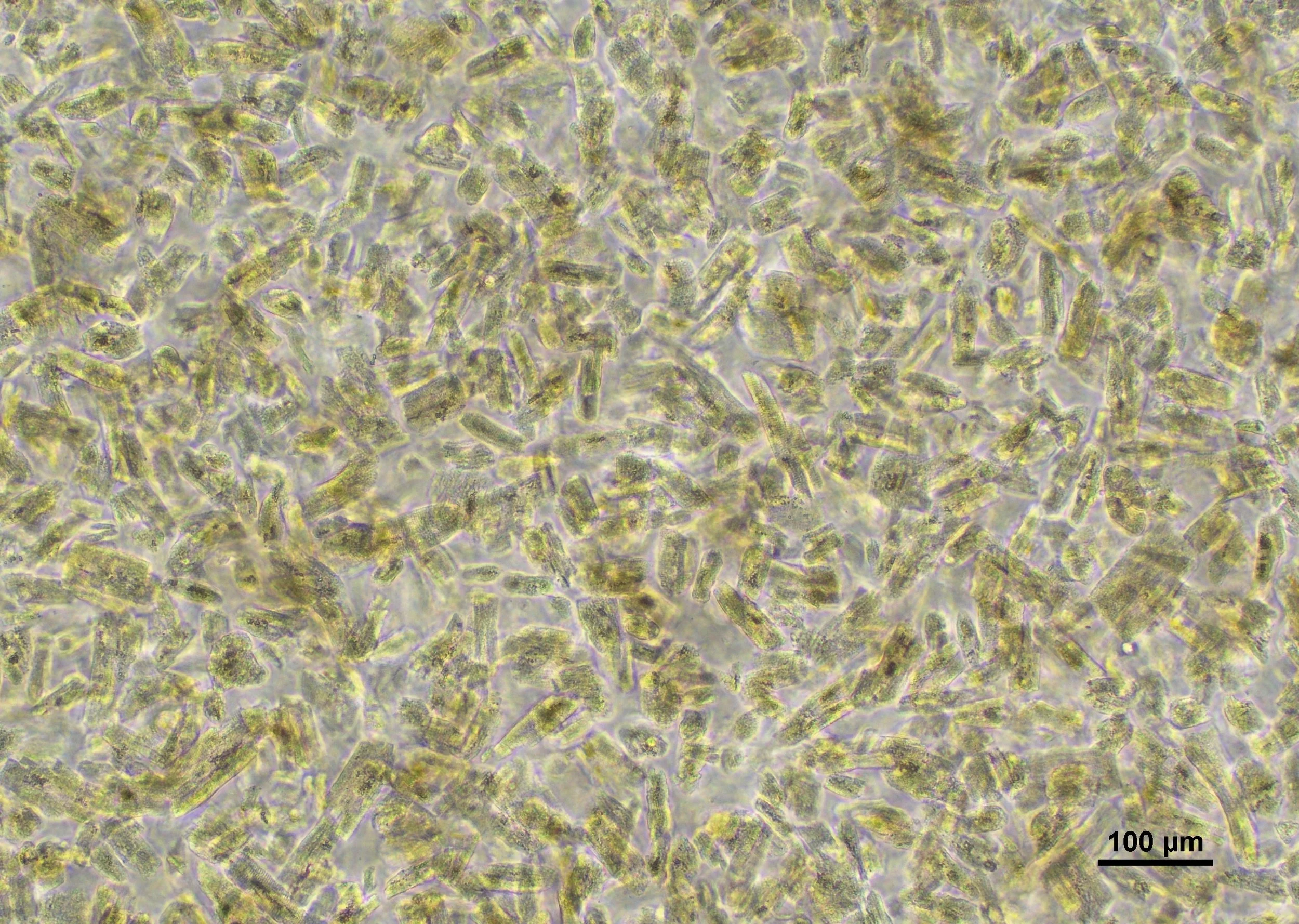Primary Human Cardiac Cell Type Specific Surfaceomes
Cardiomyocytes isolated from human adult hearts.
Cardiac cell surface proteins are critical for maintaining cardiac function and are useful as drug targets and biomarkers for discriminating among cellular phenotypes and disease states. Due to lack of suitable technologies, we have an incomplete understanding of proteins and signaling pathways present in the heart, a limited number of accessible targets for organ- and cell type-directed drug delivery, and few validated cell type-specific reagents for cell sorting and imaging of cardiac cells.
While it is common to use homogenized tissue for research, there are major challenges with relying on measurements from whole tissue homogenate as the heart is highly heterogeneous, especially in disease conditions where cardiac tissue composition changes (e.g., cardiomyocyte death, increased ECM, infiltration of immune cells).
Our studies of the human heart begin with isolated myocytes and fibroblasts, a strategy which provides us with unparalleled specificity and sensitivity regarding which molecules occupy the surface of each cell type. Our new CellSurfer platform makes these efforts possible, as we can apply the approach to as few hundred thousand isolated heart cells, providing a powerful approach for mapping the surfaceome of the heart in a cell-type specific manner - revealing proteins never before described in the heart!
Our current efforts focus on defining the cardiac surfaceome in a cell-type, chamber- and developmental-stage specific approach, and includes cells isolated from normal and diseased cardiac tissue. Our analyses yield new information regarding receptors and ion channels important for defining the cardiac cell landscape and function, new therapeutic targets for treatment of heart disease, and useful metrics for correlating hPSC-derivatives with their relevant human counterparts.

